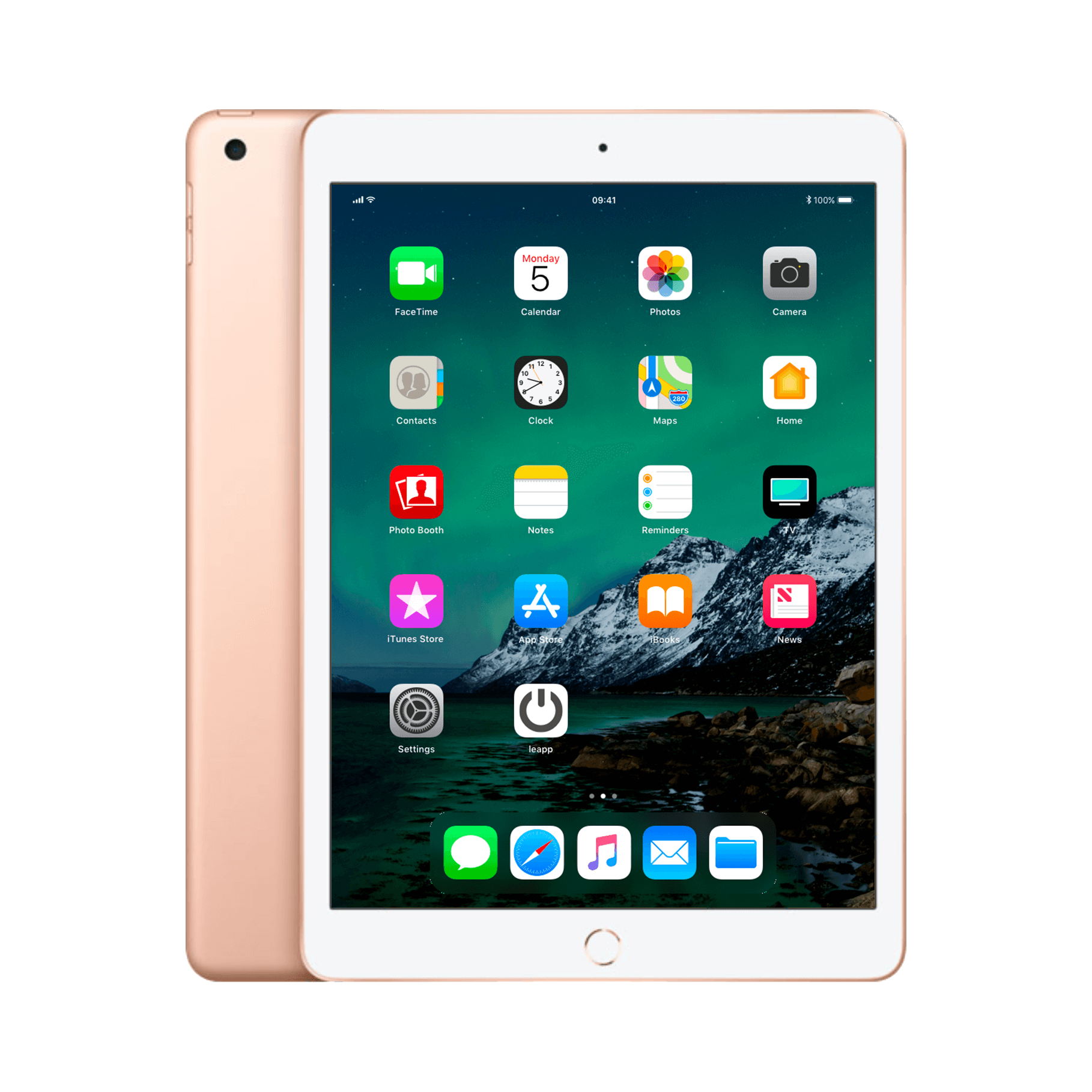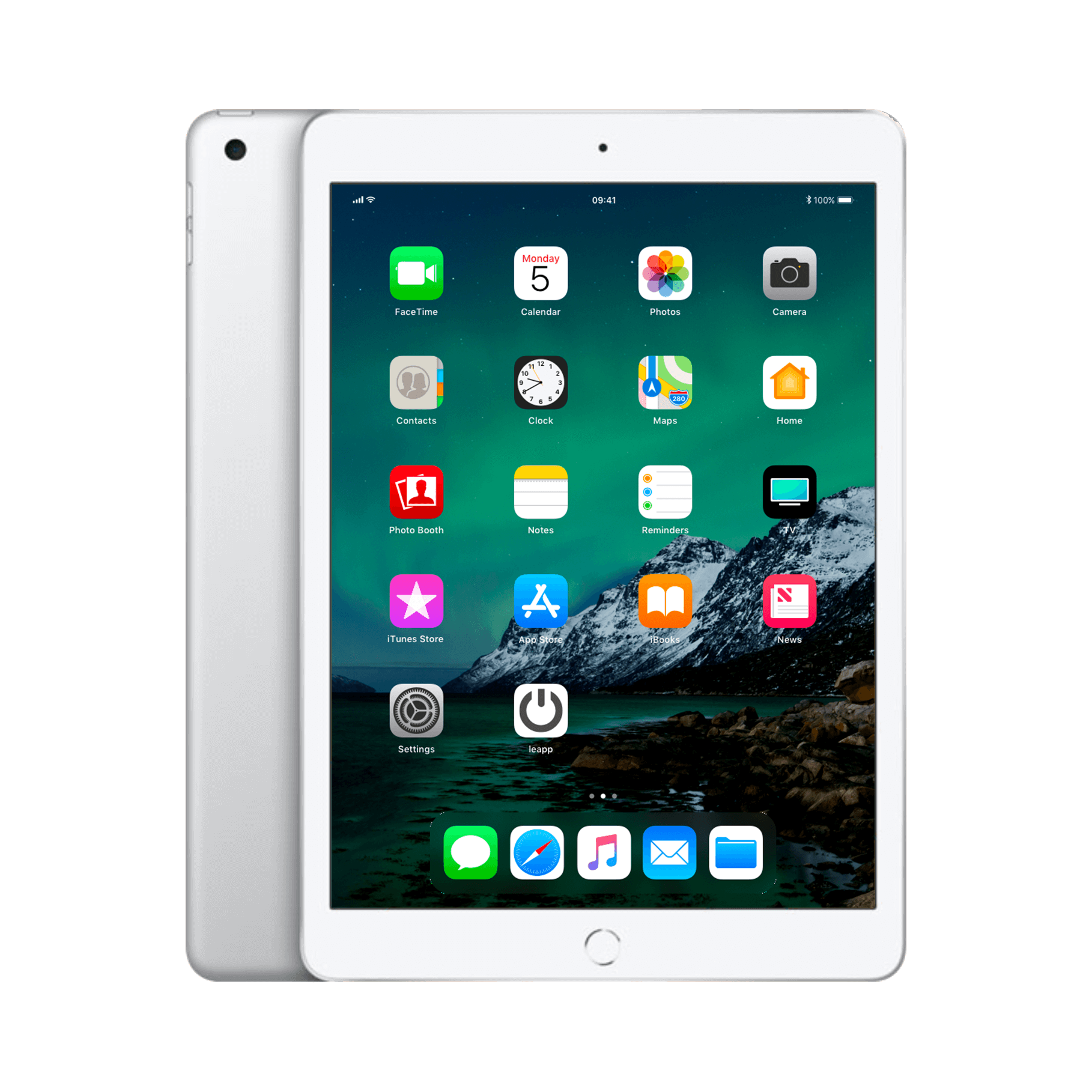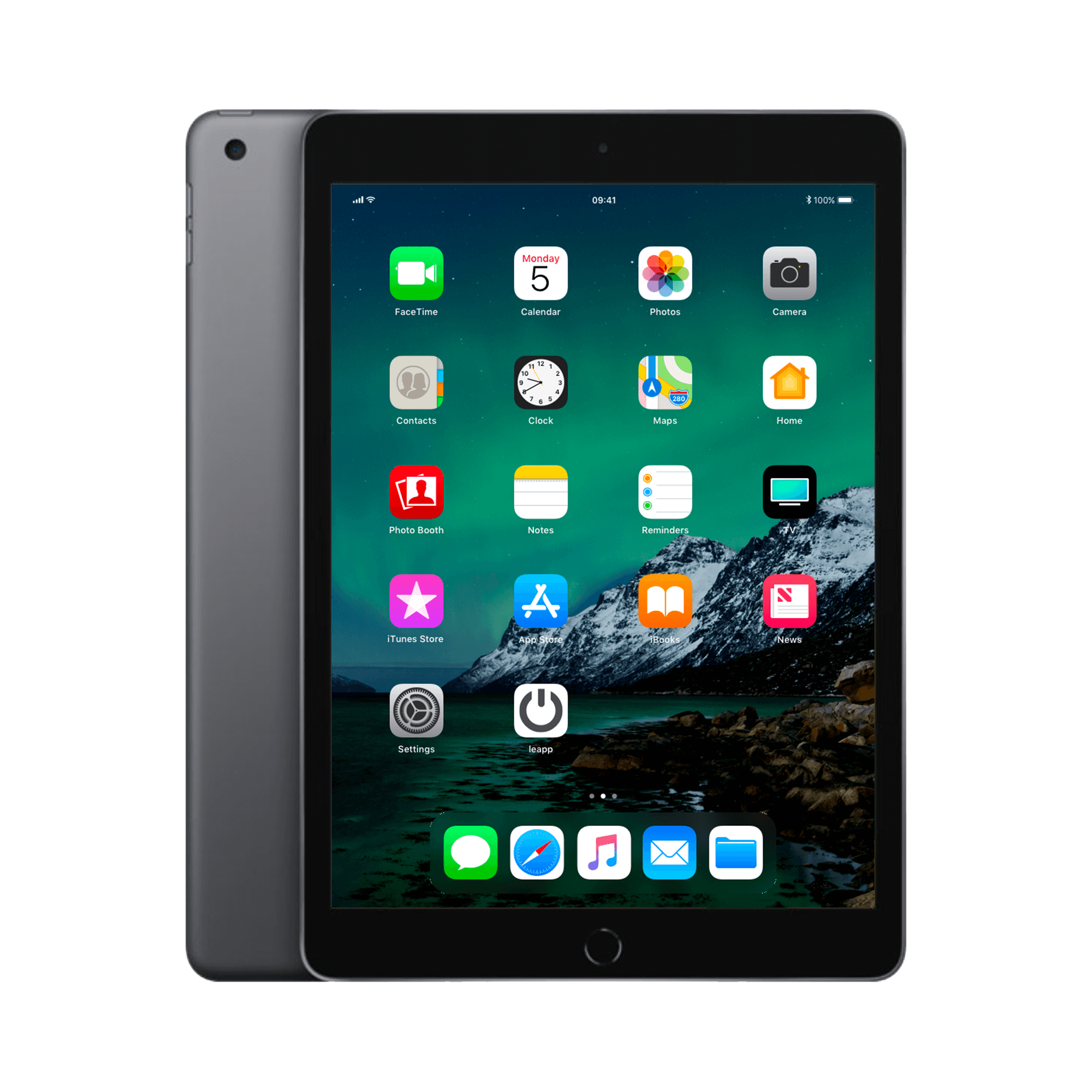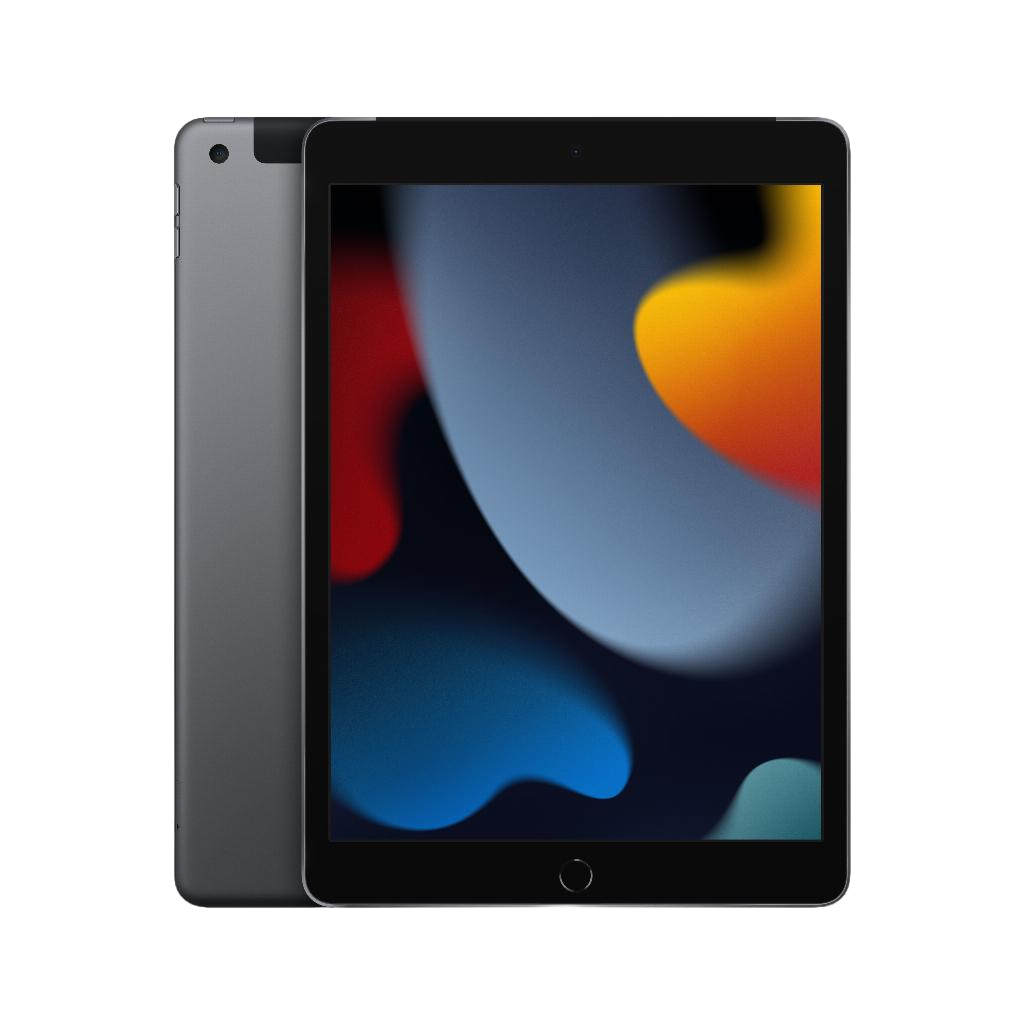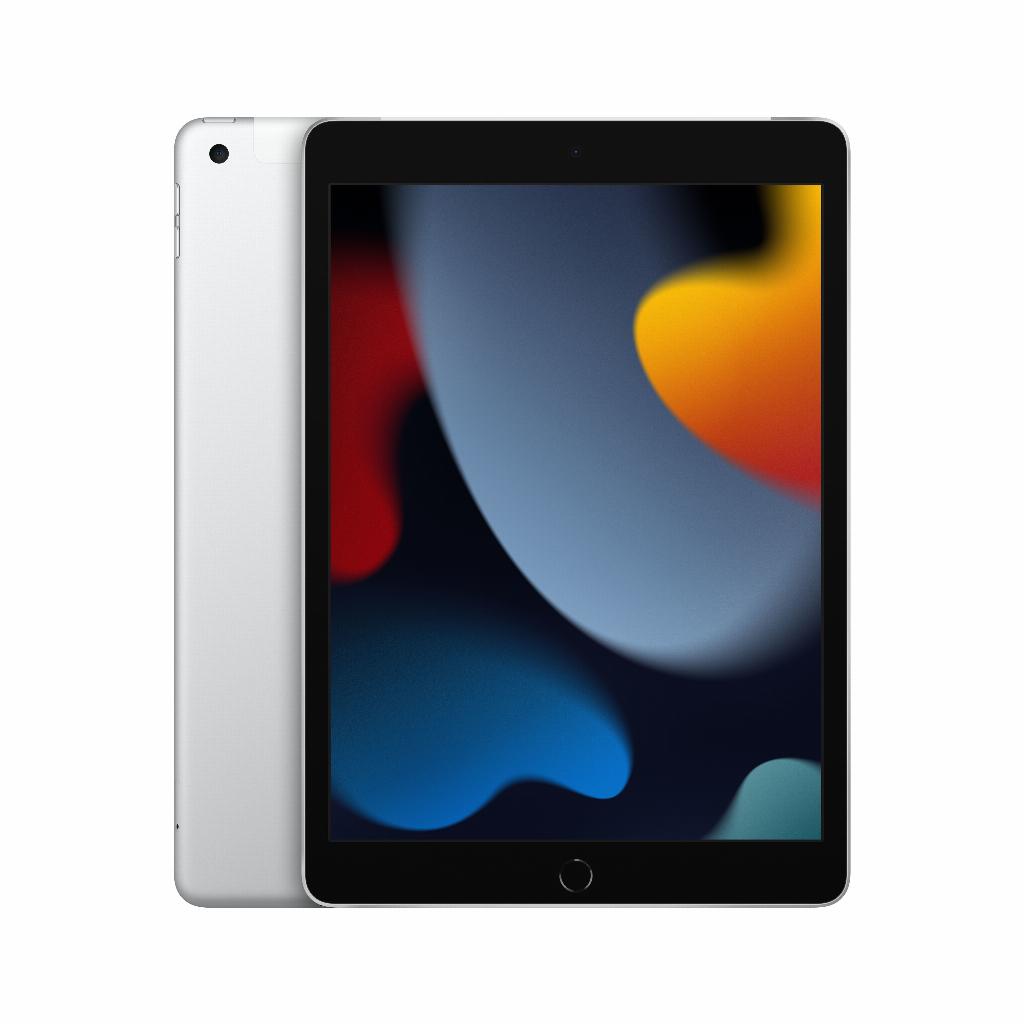The iPad: perfect for seniors with the right settings
You know how it is. Your parents struggle with their iPad . Fonts too small. Buttons unclear. Accidentally opened apps that they can't close. Yet, the iPad is actually the perfect device for seniors—provided you know where to look. Apple has been thinking about accessibility for years. Hidden in the settings menu are features most people never discover. Larger text, clearer buttons, Guided Access. All included as standard. The funny thing is: once you make these adjustments, your parents suddenly find themselves much more independent with their tablet. No more frustrated phone calls. No more need for help with every little thing. Just enjoy surfing the internet or video calling the way it should be.
Useful links
The Basics: Finding Accessibility Settings
Setting up an iPad for seniors starts with the Accessibility menu. This part of iOS contains numerous features that significantly simplify daily use. You can find these options in Settings > General > Accessibility.
Many users don't even know this menu exists. Yet, it contains precisely those adjustments that make the difference between frustration and ease of use. Most older users struggle not with the technology itself, but with the default settings designed for younger users.
Enlarge text and improve readability
Set larger fonts
The first step is to adjust the text size. Navigate to "Display & Text Size" in the accessibility menu. Here you'll find the "Larger Text" option. Once enabled, you can use the slider to set the desired size.
Important to note: Not all apps respect this setting. Standard Apple apps like Safari, Mail, and Messages adapt perfectly. With third-party apps, such as banking or social media, the results may vary.
Bold text for extra contrast
Besides magnifying your text, you can also make it bold. This option is available in the same menu. It creates more contrast between the letters and the background. This makes a world of difference, especially for people with low vision or cataracts.
Make buttons more visible
The "Button Shapes" option is an underrated feature. Modern design strives for minimalism, but subtle buttons are often invisible to older users. Enabling button shapes gives all interactive elements a clear outline or underline.
You can also activate this feature through the accessibility menu. The effect is immediately visible: where only text once appeared, recognizable buttons now appear. This prevents users from tapping on non-clickable elements in vain.
Optimize touch settings
Prevent accidental taps
Older people often tap the screen multiple times, sometimes accidentally. The "Ignore Repeat" feature prevents these extra taps from being registered. You can find this option under Touch > Touch Accommodations.
Here you can set how long the iPad should wait before accepting a second tap. A setting of 0.5 to 1 second works well for most users. Try different values to see what works best.
Adjust touch duration
Some seniors hold their finger on the screen for too long. This triggers unwanted context menus or other functions. Using the same custom touch settings, you can increase the minimum touch duration. This prevents unintended actions.
Guided Access: Focus on One App
What is Guided Access?
Guided Access is a powerful feature that restricts the iPad to a single, specific app. It's perfect for users who primarily use FaceTime for video calls or Safari for browsing the web. It disables the home button, preventing users from accidentally closing the app.
Set up and use
You can activate Guided Access via Accessibility > Guided Access. First, set an access code. You'll use this later to disable the mode.
To start Guided Access:
- Open the desired app
- Press the Home button (or Side button on newer models) three times quickly
- Set additional restrictions if necessary
- Tap 'Start' at the top right
The user will now remain in this app until you exit the mode with the access code. Ideal when grandparents only want to video call their grandchildren.
Organize apps for overview
Get rid of unnecessary apps
Most iPads are full of apps that seniors never use. Stocks, Compass, Tips—all confusing for someone who only wants to email and browse. Create folders for these unused apps.
Touch and hold an app until the menu appears. Select "Edit Home Screen." All apps will now wiggle. Drag unused apps onto each other to create a folder. Give it a meaningful name, such as "Other Apps" or "Don't Use."
Making the most of the dock
The dock at the bottom of the screen is always visible. Place your three or four most frequently used apps here. For many older adults, these are:
- Safari for the web
- Email for email
- FaceTime for video calling
- Photos for viewing images
While editing your home screen, drag these apps to the dock. Remove apps that are there by default but not being used.
Additional tips for daily use
Enable Siri
Voice control can be helpful for users with limited motor skills. Siri understands simple commands like "Call Jan" or "Open Safari." Enable Siri in Settings > Siri & Search.
Disable automatic updates
Nothing is more confusing than a suddenly changing interface. Disable automatic updates in Settings > General > Software Update > Automatic Updates. This way, you maintain control over when the system updates.
Screen time for remote assistance
With Screen Time, you can remotely monitor which apps are being used. It's handy for checking if everything is working properly without having to be there. You can find this feature under Settings > Screen Time.
Conclusion
Adapting an iPad for seniors takes a one-time investment, but it provides months of convenience. Apple's accessibility features are comprehensive and well-thought-out. It's a matter of finding the right combination for each individual user.
Test different settings with the end user. What works for one person might not be ideal for another. Stay patient and remember: technology should simplify life, not complicate it.
A small investment in time, a big difference in ease of use
Setting up an iPad for seniors takes an hour of your time, but the results are worth their weight in gold. Apple's built-in accessibility features make the difference between daily frustration and independent use. From larger fonts to Guided Access, every adjustment contributes to a better experience. The best part is that after these adjustments, your parents will need much less help. They can finally do what the iPad was meant for: stay connected with family, find information, and enjoy digital possibilities. Without hassle, without stress .



